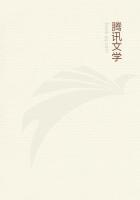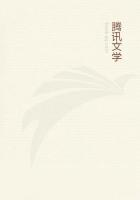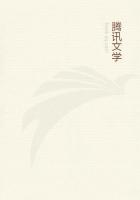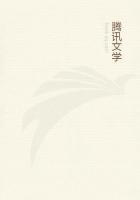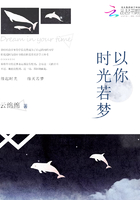The Samuri,or king,of Calicut was at first friendly,but there were misunderstandings on the part of the Portuguese,and they made little or no progress either in trade or in establishing amicable relations with the Hindus.Da Gama returned shortly after to Portugal.Early in 1500A.D.Cabral took out another and larger fleet,and arrived at Calicut on September 13th.He at once quarrelled with the Samuri,and instead of peaceful commerce we read of attacks and counter-attacks conducted in such sort by the Portuguese as irretrievably to alienate the natives of the country.A few Europeans,however,settled in that tract,and amongst them Duarte Barbosa,the celebrated chronicler of the time.
Da Gama returned to India in 1504,proclaiming the king of Portugal lord of the seas,and wantonly destroying with all hands a large vessel having several hundred people on board near the Indian coast.He reached Calicut on October 29th,and immediately bombarded the city,seizing the inoffensive native fishermen in the port,eight hundred of whom he massacred in cold blood under circumstances of brutal atrocity.In 1503he again left for Europe,after establishing a factory at Cochin.In consequence of his violence a war ensued between Cochin and Calicut.In 1504Lopo Soares came out with a fleet of fourteen caravels,and proclaimed a blockade of the port of Cochin,in spite of the fact that the Rajah of that place had always shown great kindness and hospitality to the Portuguese.
The next year,1505,Almeida was appointed viceroy of the king of Portugal on the Indian coast,and took out with him a large fleet and 1500soldiers.After some preliminary fighting at Honawar,Almeida began for the first time to perceive that the true interests of the Portuguese lay in peaceful commerce,and not in sanguinary and costly attacks on the natives;and he also learned from an influential native of the existence of the great kingdom of Vijayanagar and the power of its king,Narasimha (or Narasa).At Cannanore the viceroy's son,Lourenco,in 1506,received further information as to the state of the country from the Italian traveller Varthema,and in consequence of this Almeida asked King Narasa to allow him to erect a fortress at Bhatkal,but no answer was returned.
Varthema has left behind him a valuable account of his experiences[185]at this period.He speaks of Goa as being then under the "Savain,"which is this writer's form of expressing the ruler known to the Portuguese as the "Sabayo,"[186]who was the governor of the place under the Adil Shah of Bijapur.The Sabayo was then at war with Narasimha of Vijayanagar.
He describes Vijayanagar as a great city,"very large and strongly walled.It is situated on the side of a mountain,[187]and is seven miles in circumference.It has a triple circlet of walls."It was very wealthy and well supplied,situated on a beautiful site,and enjoying an excellent climate.The king "keeps up constantly 40,000horsemen"and 400elephants.The elephants each carry six men,and have long swords fastened to their trunks in battle --a deion which agrees with that of Nikitin and Paes."The common people go quite naked,with the exception of a piece of cloth about their middle.The king wears a cap of gold brocade two spans long....His horse is worth more than some of our cities on account of the ornaments which it wears."[188]Calicut,he says,was ruined in consequence of its wars with the Portuguese.
Varthema saw forty-eight Portuguese traders massacred at Calicut by the "Moors,"and in consequence of the dangerous state of things existing there he left the city and pursued his journey southwards round the coast.Here we may leave him.
In March 1505a Portuguese fleet destroyed,with immense loss of life,a large flotilla of small boats belonging to the Rajah of Calicut.In the next year an outrage committed by the Portuguese led to a siege of their factory at Cannanore,but the timely arrival of Tristan da Cunha with a new fleet from home relieved the beleaguered garrison.At the end of 1507Almeida and Da Cunha joined forces and again attacked Calicut,with some measure of success.
Afonso d'Albuquerque was now in the Persian seas fighting with all the "Moors"he could meet.At the end of 1509he became "Governor of India,"I.E.of Portuguese India,in succession to Almeida;Diogo Lopes de Sequeira receiving the governorship under the king of Portugal of the seas east of Cape Comorin.
From the accession of Krishna Deva Raya to the throne of Vijayanagar in A.D.1509we once more enter a period when the history of the country becomes less confused,and we are able to trace the sequence of events without serious difficulty.This was the period of Vijayanagar's greatest successes,when its armies were everywhere victorious,and the city was most prosperous.

